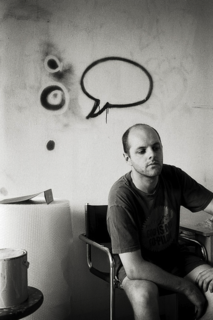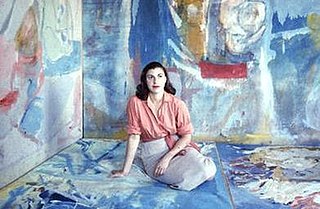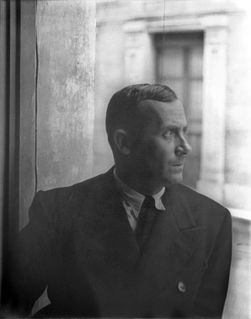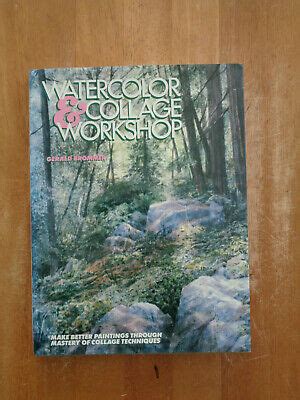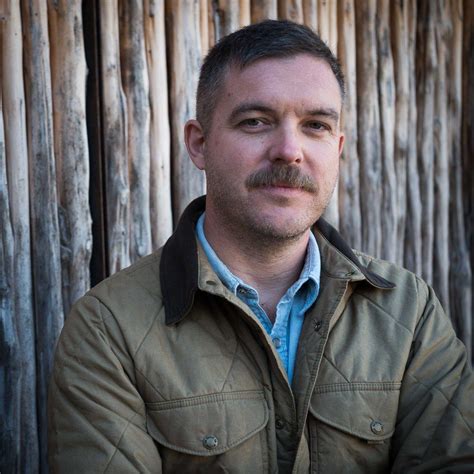A Quote by Gavin Turk
The artist has the power to signoff the work by deconstructing the work itself: I've finished this work now and I'll sign it and relegate the painting to simply something that services my signature. The painting becomes the colorful backdrop of the signature.
Related Quotes
Why was the painting made? What ideas of the artist can we sense? Can the personality and sensitivity of the artist be felt when studying the work? What is the artist telling us about his or her feelings about the subject? What response do I get from the message of the artist? Do I know the artist better because of the painting?
I envied women with signature hair-dos, signature perfumes, signature sign-offs. Novelists who tell Vogue Magazine: “I can’t live without my Smythson notebook, Pomegranate Noir cologne by Jo Malone and Frette sheets”. In the grip of madness, materialism begins to look like an admirable belief system.
For me, when we came out with a TV show, my HBO show, so much of the feedback was, "How do I do it?" And my response was always the same: "Just make something." Stop talking about it. You do in a way that the work takes on a life of its own. Like the "Signature" series [(2008), in which the artist trekked across the United States in the shape of his own signature] was a simple concept that became this story about the people you met along the way.
People want to know those details. They think it gives them greater insight into a piece of art, but when they approach a painting in such a manner, they are belittling both the artist’s work and their own ability to experience it. Each painting I do says everything I want to say on its subject and in terms of that painting, and not all the trivia in the world concerning my private life will give the viewer more insight into it than what hangs there before their eyes. Frankly, as far as I’m concerned, even titling a work is an unnecessary concession.
There's something immediate about the experience of reading a poem. It makes sense in my own mind, but I'm trying to figure out a way to articulate it... It's like looking at a painting: you're able to take in the totality of the work all at once, and so processing whatever information that painting is giving you is almost secondary to simply apprehending what's in front of you.
...if photos can reproduce the world more perfectly than any painter, can capture an instant, a look, a gesture, then what makes a painting good anymore? Painting subverts this subversion of its traditional nature by redefining itself - art is idea, not simply skillful execution. So, a work can be crudely made, or even machine made - but it has to be practically and functionally useless.
